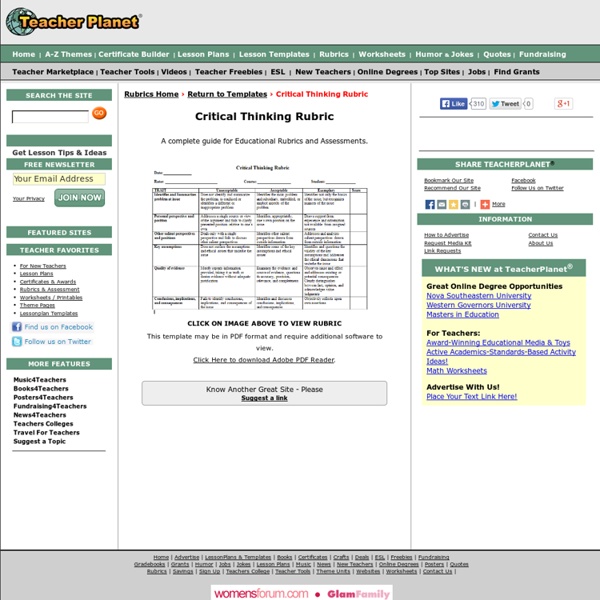



How to Teach Critical Thinking: 6 steps Edit Article Seven Parts:Observation and conclusionsMaking comparisons and contrastingAnalysisBehaving cooperativelyNo endingSocratic methodArgument analysisCommunity Q&A Critical thinking skills are skills that children (and adults) need to learn to be able to solve problems. This includes analyzing and evaluating information that is provided, whether that information is through observation, experience or communication. The core of critical thinking is being responsive to information and not just accepting it. Steps Part 1 Observation and conclusions Part 2 Making comparisons and contrasting Part 3 Analysis <img alt="Image titled Teach Critical Thinking Step 3" src=" width="728" height="409" class="whcdn">1Discuss and analyze stories.Have children "retell" a story you have read in their own words. Part 4 Behaving cooperatively Part 5 No ending Part 6 Socratic method Tips
李敏剛:細看成為香港之前的香港 -- 讀呂大樂《似曾相識的七十年代》 | 評台 PenToy評台 PenToy 中港矛盾日漸升溫,儼然已成為了香港政治爭議的一條主軸。如果以民間動員的程度來看的話,自零三七一倒董以來,大抵也沒有哪一個政治意識形態,能比中港矛盾更深入民心,而且能橫跨由政府的合法性 (例如批評梁振英為共產黨的傀儡,中共意欲干預香港的獨立司法體系) 到民生議題 (如雙非嬰兒問題、自由行與水貨客的問題、近來內地人來香港搶購奶粉等) 到文化差異 (例如對商戶或政府用簡體字感到不滿) 這樣廣闊的政策領域。好像香港面對的種種問題,不論是社會民生還是經濟結構還是政治發展,都可以「入大陸數」:「香港」是要保衛的,而「中國」是外來的,是要抵抗的。 也就是在這個時候,久別的港英時代龍獅旗又再次在街頭飄揚—當然,持旗者否認這是希望香港再被殖民,那面旗幟也並不真的是複製當年的龍獅旗,而是稍為修改; 反之,他們指這是代表香港自治的理念,繼承港英政府時期的良好素質: 文明、自由、法治,之類之類。而共產黨治下的卻是另一套強加於香港人的理念: 簡單來說,就是上面所說的那些港英時代的「香港價值」的反面。這些人未必有很大代表性,但事實是緬懷和認同港英時代的香港社會的人在所多有,而這個「香港」的起點,就是七十年代,又或者說「麥理浩時代」,陳冠中所說的香港的官僚善治、類福利社會開始的時代。 是甚麼時候開始,所謂的「七十年代」成為了所有香港人—即使是沒有真正經歷過七十年代的新一代—所公認的好時代呢? 這是呂大樂著手寫《那似曾相識的七十年代》所帶著的困惑。 如果由各方面重構當年的社會民情,當年的民情轉向其實出於所有人的意料,這個民情轉向是一個「未解之謎」: 民情轉向之前的香港,儘管港英政府大費周章,但社會依然欠缺凝聚力,對公權力的信任低落,覺得香港經濟前途未卜—沒有人會料到,那樣的一個香港,竟然是當代香港人本土身份認同的起點,香港美好時代想像的寄託。 成為香港之前: 殖民地的動盪與冷漠 呂大樂在書中重點考究的是由六六年天星小輪加價騷動和六七暴動起,直至七十年代中期這十年不到的香港民情,而七十年代民情如何轉向,之後的香港又變成怎樣,只有書中最後一章論及,論述的是麥理浩上任管治背後的各種策略考慮,這些解讀,以英國方面解密的檔案為基礎,但已無意討論社會民意的演變。 但事實上,這最後一章卻是呂大樂這本書一個十分重要的支柱。 有趣的是,原來到了一九七四年,香港人對未來依然感到暗淡。 港英的政治工程: 意外的收獲 別把機運當成通則